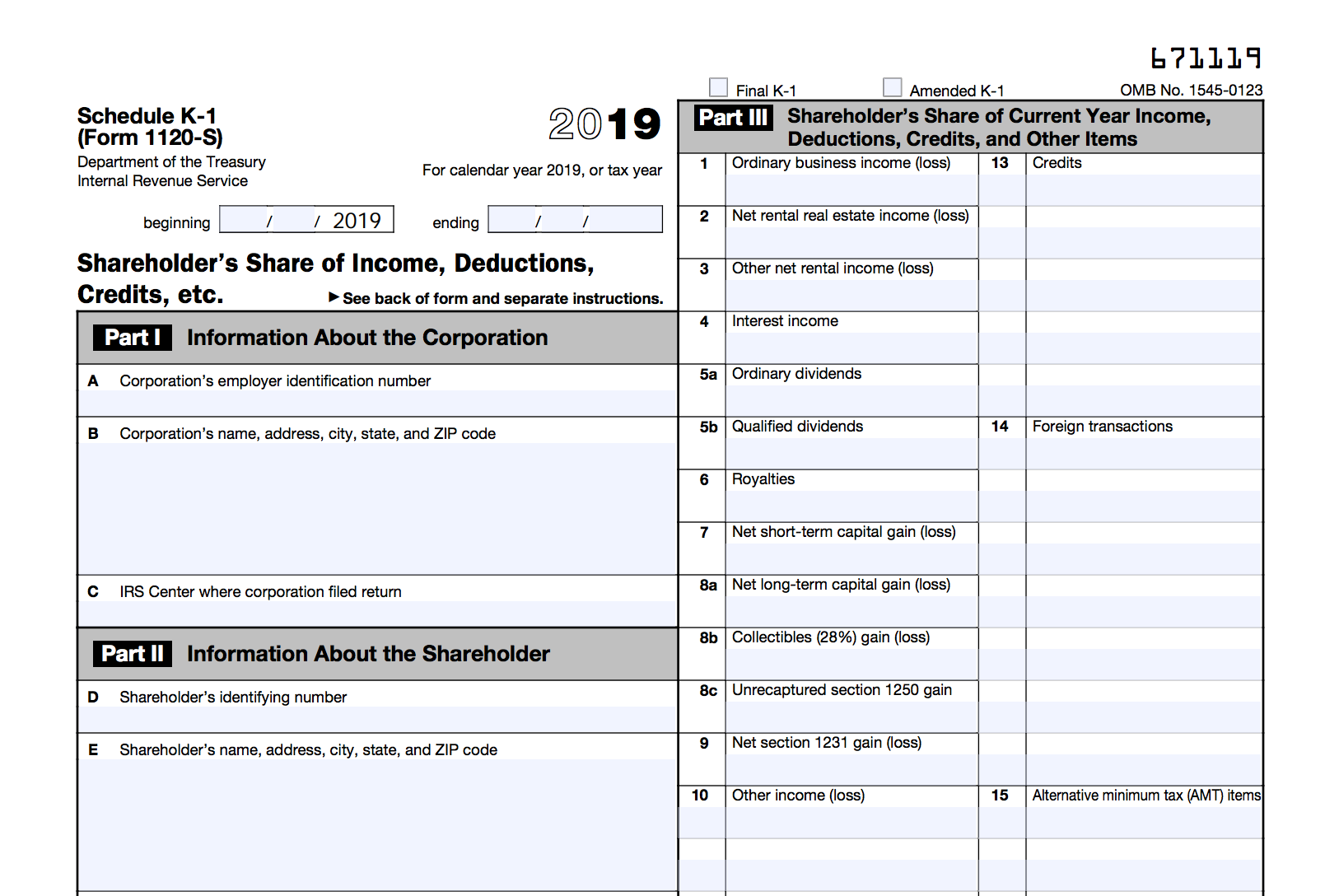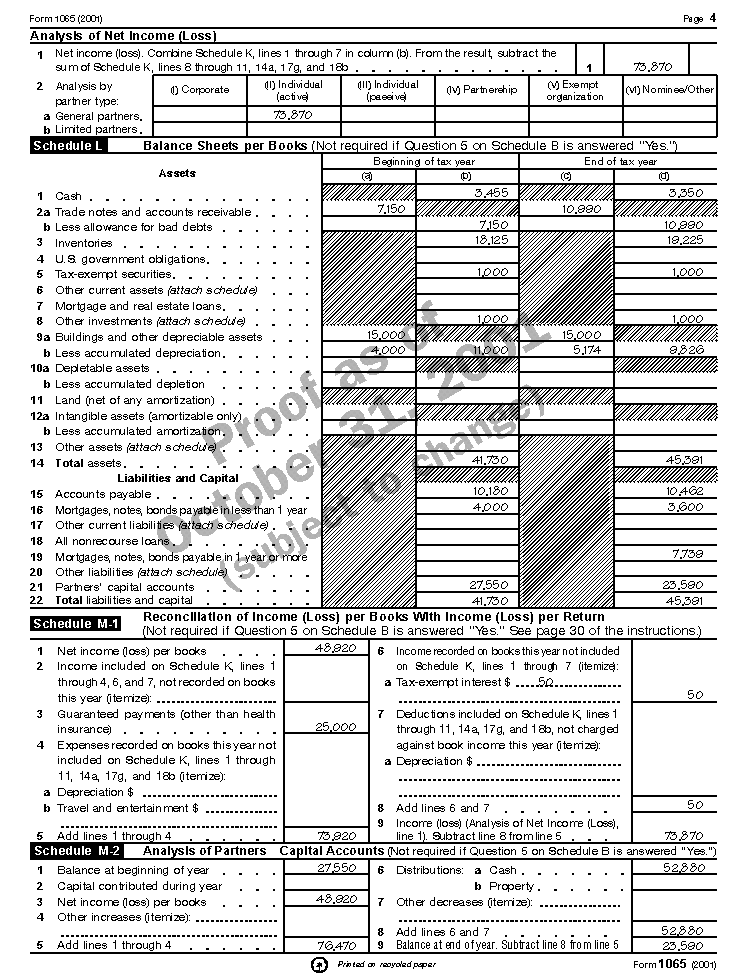

Passive activity losses that cannot be used in the year they were incurred are suspended and carried forward to subsequent years. On the other hand, losses from a passive activity can only be claimed to offset income from other passive activities, unless the interest in the pass-through entity was disposed of. If a taxpayer is nonpassive, any losses that are reported can be claimed against all other income.

This can have a significant impact on the individual’s federal income taxes. The K-1 recipient needs to determine whether they are nonpassive or passive with regard to the pass-through entity ownership interest. When an individual is an owner of an interest in a partnership or S corporation, a Schedule K-1 is issued. Many newly formed corporations make an S corporation election shortly after being incorporated. In recent years, there has been a proliferation of Limited Liability Companies (LLCs), which, in most instances, are treated as partnerships. Most newly formed businesses operate as pass-through entities – the business itself pays no taxes as taxable income is passed through to its owners.


 0 kommentar(er)
0 kommentar(er)
